- Home
- Heating With Wood
- Wood Burning Stove
Wood Burning Stove
This post may contain affiliate links so I earn a commission.
The wood burning stove – also called a wood stove or a log burner – is a freestanding unit generally constructed of solid metal consisting of steel, cast iron, or soapstone.
A log burner is a heating machine that can burn wood fuel and biomass fuel, such as sawdust bricks.
The unit consists of a closed fire chamber where the fire is contained, a fire brick base, and an adjustable air controller.
The smoke generated by the stove is then carried outside through a chimney.
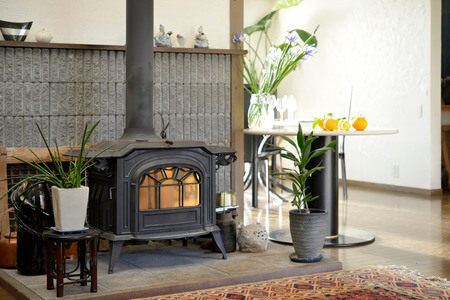
Airflow is one of the most essential factors to generating a safe, efficient fire with a wood stove.
The fire in the fire chamber needs a constant supply of fresh air, or the fire will smother itself out.
As the fire burns, the smoke rises through the stove vent and exits through the chimney.
The air supply to the fire chamber is regulated by damper devices built into the stove outlet and pipes.
Most units have several dampers to allow the user to adjust or dampen the fire to a safe burning temperature.
Types of Wood Burning Stoves
The two main types of wood burning stoves are catalytic and non-catalytic.
Then, there is another, a hybrid of both.
A non-catalytic burner uses a baffle re-burn system that pumps oxygen into the fire chamber, allowing the fire to burn before escaping the vent.
It requires low maintenance, is more efficient, and less expensive than a catalytic wood burner.
On the other hand, a catalytic log burner is more expensive and requires more maintenance because the catalytic converter needs regular cleaning.
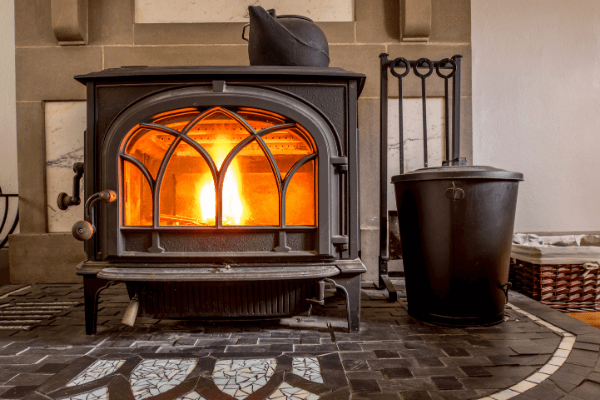
It has a
catalytic combustor coated with palladium, platinum, and other precious metals.
The combustor increases the speed at which the wood gases burn therefore intensifying the temperature.
A hybrid wood burning
stove combines machinery of the re-burn system and a catalytic combustor.
Choosing the Right Stove
Choosing the right stove for your home is extremely important.
The square footage, ceiling height, number and efficiency of windows, and amount of insulation all play a factor in choosing a wood stove.
- What stove aesthetics do you desire?
- How much of your home do you want to heat?
- Where do you want to install your stove?
- What is the heat output suitable for the space you want to heat?
Most stoves are installed near the main area of the home where you spend the most time, like the family room.
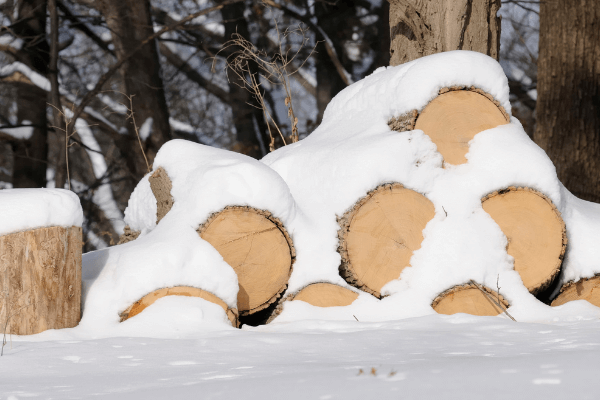
However, if you don't have an open floor plan in your home, the heat may not effectively reach a distant bedroom or bathroom.
Most stoves contain a blower used to circulate the warm air throughout your home, increasing the heating capabilities.
Installing a wood stove should be done by a qualified professional.
The wood burning stove should be installed on the top of a fire-resistant material like tile, stone, or brick.
A Clean Wood Burning Stove
One of the challenges when using a wood burner is achieving a clean burn that doesn't emit toxic waste in the air outside.
That is why the Environmental Protection Agency has set standards that manufacturers must follow for the wood burners to sell legally.
Buyers should also be in the know about the laws of wood burning stoves, like checking with your city or building if they permit the installation of wood burners.
Homeowners also need insurance to ensure setting up the burner is done professionally.
Any stove more than 20 years old should be replaced with a new high-efficiency wood stove.
The newer stoves contain a catalytic device built into the stove pipe.
This device re-ignites the smoke as it goes through the flue, resulting in fewer emissions and increasing efficiency.
United Kingdom’s Clean Air Act
The United Kingdom's Clean Air Act requires certain districts to be a smoke control area.
The act makes it an offense to produce smoke from a chimney or other structure.
It is also an offense to purchase an unapproved fuel and using it within a smoke control area.
Above all, to install a wood burner in your space, you will need to specify a DEFRA-exempt stove.
A DEFRA (Department of Environment, Farming and Rural Affairs) Smoke Exempt Appliance has passed the criteria for emission levels regarding the amount of smoke that can be produced during all stages of burning.
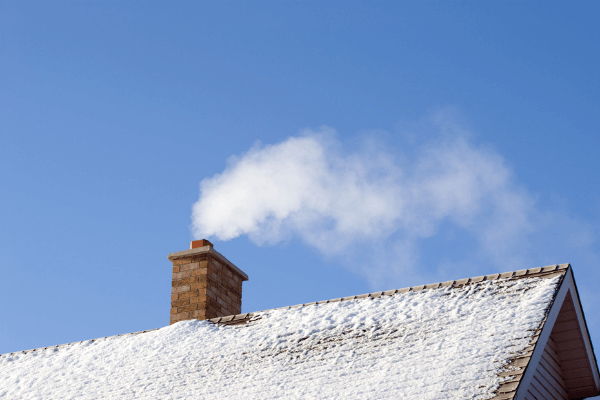
This especially applies to the
amount of smoke generated when the stoves air intake is dampered down, still allowing
it to be in compliance with the Clean Air Act.
Sizing a stove to meet your home’s specific needs in the United Kingdom is done in kilowatts.
First, you need to measure the room and then multiply the width by length then by height to choose the right wood burning stove.
Next, divide the answer, which is in meters, by 14, and get the number of kilowatts you need to keep your space heated.
All wood stoves in the UK have a kilowatt rating, so you can simply choose one that meets your area's needs.
The United States Clean Air Act
The United States Clean Air Act requires stoves to be certified by the Environmental Protection Agency or EPA.
The EPA regulates the emissions of the stove to help protect air quality and reduce energy costs.
With EPA management, people
can be guaranteed that any wood burner they acquire that is EPA-accredited will
reduce pollution.
Safety Tips
The log burner's safe operation requires regular maintenance, such as clearing ash containers underneath the wood grill and cleaning the stovepipes and chimney.
Inspect and clean the chimney to remove any creosote.
Creosote forms from damp unburnt gasses that adhere to the inside of the chimney.
Over time, this buildup can grow and catch fire, causing a potentially deadly scenario.
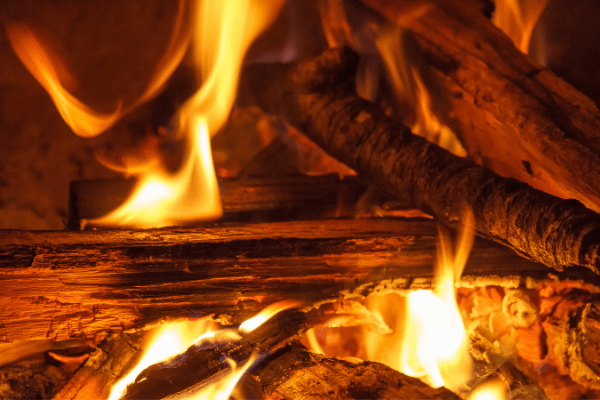
When soot jams the stove pipes or chimney, it can cause a buildup in the stove vents.
Manufacturers always recommend installing carbon monoxide sensors where a wood stove is in use.
Only burn seasoned hardwood or seasoned softwood inside the unit.
Hardwoods will burn longer and hotter and create a nice bed of coals, which will generate heat and allow you to quickly restart the fire.
Overall
Overall, a wood burning stove can be a low-cost and effective way to heat your home.
With a relatively low startup cost compared to other heating options, a wood stove can offer a lot of heat at an affordable price.
If you are looking for an elegant, inexpensive, and environmentally friendly means of heating your home during winter, a wood burning stove is an excellent choice.

About the Author
Obsessed with firewood, Nick is behind over 350+ of Firewood For Life's articles, as well as countless reviews, guides and YouTube videos to help readers like you reduce heating costs and create the perfect fire.


